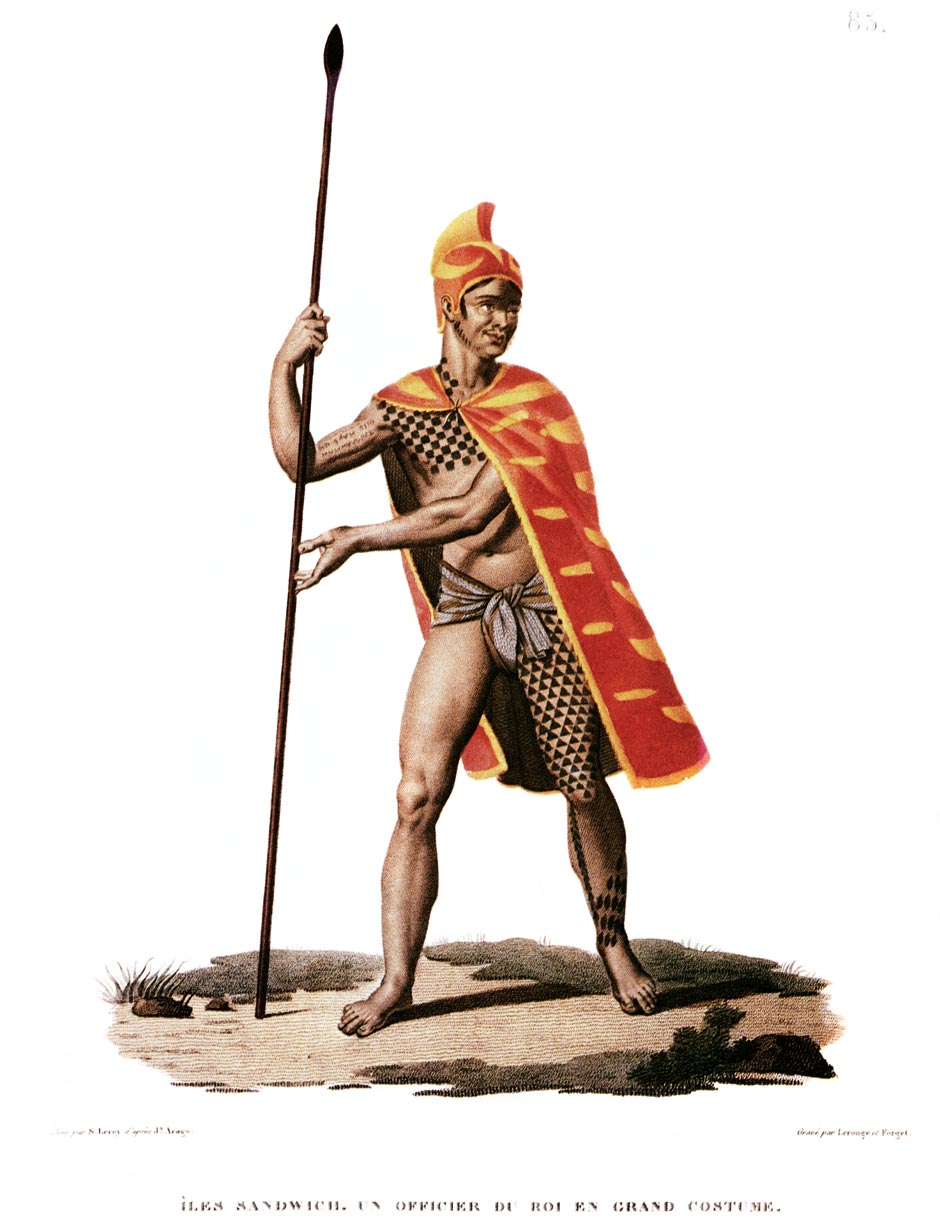The image above is subject to copyright.
Copyrights for Photographic Reproduction
Les feuillets numérisés des registres d'inventaires historiques sont soumise à un copyright.
Droits de reproduction photographique
 Copie dactylographiée en 13 volumes de l'Inventaire original MEG manuscrit
Copie dactylographiée en 13 volumes de l'Inventaire original MEG manuscrit
Registres_inventaire_dactylographie/7.pdf
 Registre K
Registre K
Registre_K/rk 006.jpg
Considered by the MEG's founder, Eugène Pittard, as the museum's most precious work, this feather cloak from the Hawaii Islands is one of fifty-four known specimens. Made of thousands of feathers from the passerines that used to live on these islands, these cloaks were worn by chiefs during ceremonies and in dangerous situations such as battle, when they were supposed to provide protection. A close-meshed net of olonā fibres was made by high-ranking men using "fisherman's knots". Little tufts of red feathers were attached to the net and motifs were added using yellow, black or green feathers.
During the nineteenth century, the build up of trade with Europeans boosted production of feather cloaks and other prestige objects, which were used as trade goods and played a crucial role in forging alliances.

Hawaiian chief with feathered cloak and helmet. Drawing by Jacques Arago who accompanied Louis Claude de Saulces de Freycinet on his voyage around the world from 1817-1820 © Archives MEG
© 2021 Musée d'ethnographie, Genève